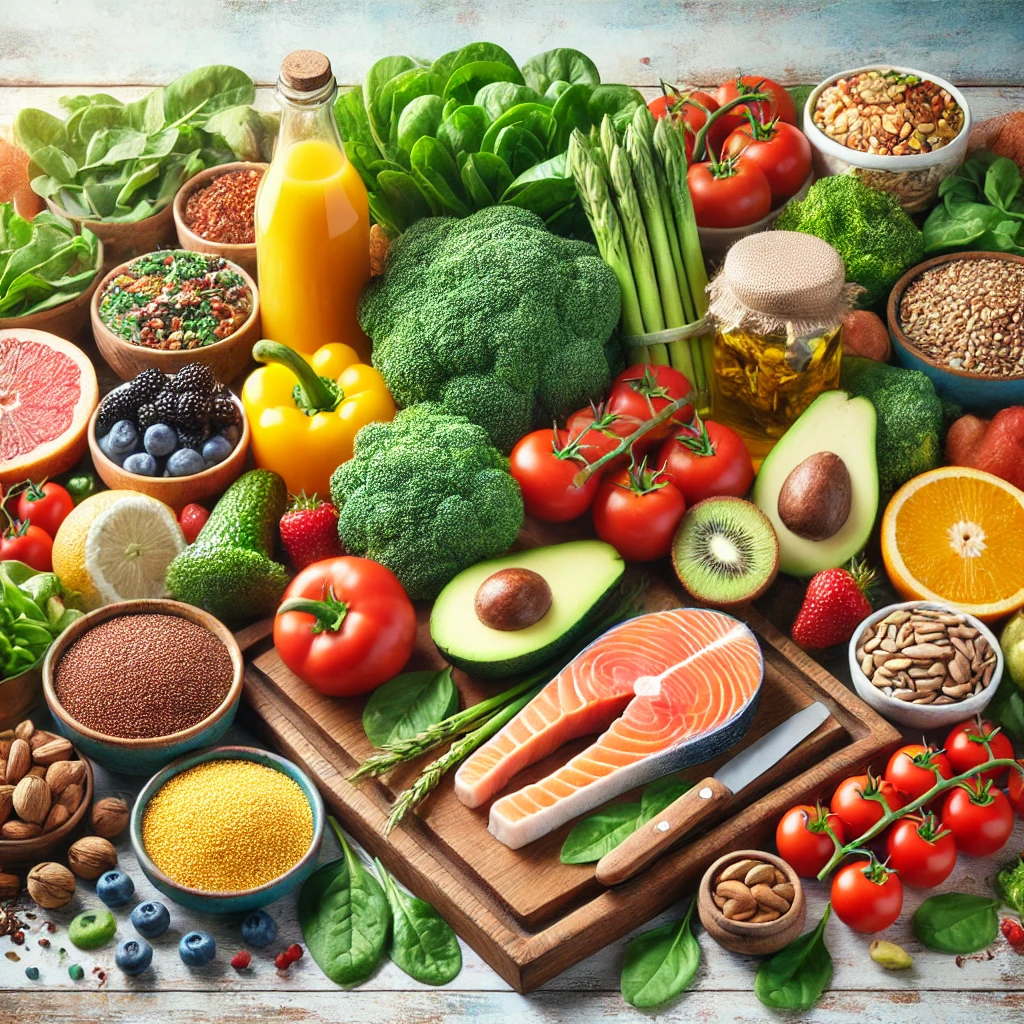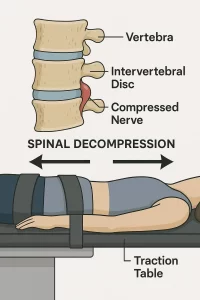Sciatica can be a debilitating condition, causing persistent pain along the sciatic nerve that extends from your lower back down to your legs. While chiropractic care is an effective treatment for relieving sciatica pain, nutrition also plays a crucial role in managing inflammation and promoting nerve health. This guide, tailored for Rocklin, CA residents, outlines the top foods a chiropractor in Rocklin, Roseville, Lincoln, and surrounding areas suggests for sciatica relief. By incorporating these foods into your diet, you may enhance the effectiveness of chiropractic treatments and achieve better overall health.
1. Step 1: Incorporate Anti-Inflammatory Foods
Inflammation is a primary cause of sciatica pain. Chiropractors often recommend foods rich in anti-inflammatory compounds to help manage this. Incorporating omega-3 fatty acids, found in fish like salmon, flaxseeds, and walnuts, can significantly reduce inflammation, providing relief for the sciatic nerve.
2. Step 2: Eat More Magnesium-Rich Foods
Magnesium plays a vital role in muscle function and nerve health, and it can help alleviate the muscle tension that often contributes to sciatica pain. A chiropractor in Rocklin, Roseville, Lincoln, and surrounding areas may suggest adding more magnesium-rich foods like spinach, almonds, avocados, and bananas to your diet.
3. Step 3: Add More Vitamin B12-Rich Foods
Vitamin B12 is essential for nerve health, and a deficiency can lead to nerve pain, including sciatica. Incorporating foods like eggs, dairy, fish, and fortified cereals into your meals can support nerve function. A chiropractor in Rocklin, Roseville, Lincoln, and surrounding areas may recommend B12 supplements or foods for patients experiencing nerve-related sciatica pain.
4. Step 4: Include Foods High in Potassium
Potassium helps regulate fluid balance in the body and aids in muscle function, both of which are important for reducing sciatica-related pain. Foods rich in potassium, such as sweet potatoes, bananas, and oranges, are often recommended by a chiropractor in Rocklin, Roseville, Lincoln, and surrounding areas to manage nerve pain.
5. Step 5: Prioritize Foods Rich in Vitamin D
Vitamin D is important for maintaining bone health and preventing muscle weakness, both of which are critical for those suffering from sciatica. A chiropractor in Rocklin, Roseville, Lincoln, and surrounding areas may advise patients to consume vitamin D-rich foods like fortified dairy products, egg yolks, and fatty fish.
6. Step 6: Consume More Fiber-Rich Foods
Chronic inflammation can often be exacerbated by poor gut health. Fiber-rich foods such as oats, whole grains, fruits, and vegetables are excellent for promoting a healthy digestive system. A chiropractor in Rocklin, Roseville, Lincoln, and surrounding areas may suggest fiber as part of a holistic approach to reducing inflammation.
7. Step 7: Hydrate With Anti-Inflammatory Teas
Hydration is key to managing inflammation and keeping muscles and joints flexible. Herbal teas such as ginger, turmeric, and green tea offer anti-inflammatory benefits and may help reduce sciatica pain. A chiropractor in Rocklin, Roseville, Lincoln, and surrounding areas often recommends these teas alongside chiropractic treatments.
8. Step 8: Limit Processed and Sugary Foods
Chronic inflammation is often triggered by processed and sugary foods, which can worsen sciatica symptoms. A chiropractor in Rocklin, Roseville, Lincoln, and surrounding areas may recommend reducing your intake of sodas, sweets, and fast food to manage nerve pain more effectively.
9. Step 9: Focus on Anti-Oxidant Rich Foods
Antioxidants help neutralize free radicals that can damage cells and cause inflammation. Chiropractors suggest incorporating antioxidant-rich foods like berries, dark chocolate, and leafy greens into your diet to help reduce inflammation associated with sciatica.
10. Step 10: Embrace Healthy Fats
Healthy fats found in foods like olive oil, nuts, and seeds can help reduce inflammation and promote nerve health. A chiropractor in Rocklin, Roseville, Lincoln, and surrounding areas often emphasizes the importance of replacing saturated fats with healthier alternatives in your diet for sciatica management.
Conclusion: Nutrition and Chiropractic Care Go Hand-in-Hand
While chiropractic care is a powerful tool for managing sciatica, the foods you consume can play an equally important role in reducing inflammation and promoting overall health. By following these dietary suggestions, you can complement your treatments with a chiropractor in Rocklin, Roseville, Lincoln, and surrounding areas and potentially see faster, more effective relief from your sciatica pain.
If you’re struggling with sciatica and looking for a holistic approach to pain relief, consider visiting a chiropractor in Rocklin, Roseville, Lincoln, and surrounding areas. Contact us today to schedule a consultation and learn how chiropractic care, combined with the right nutrition, can help you live pain-free.







